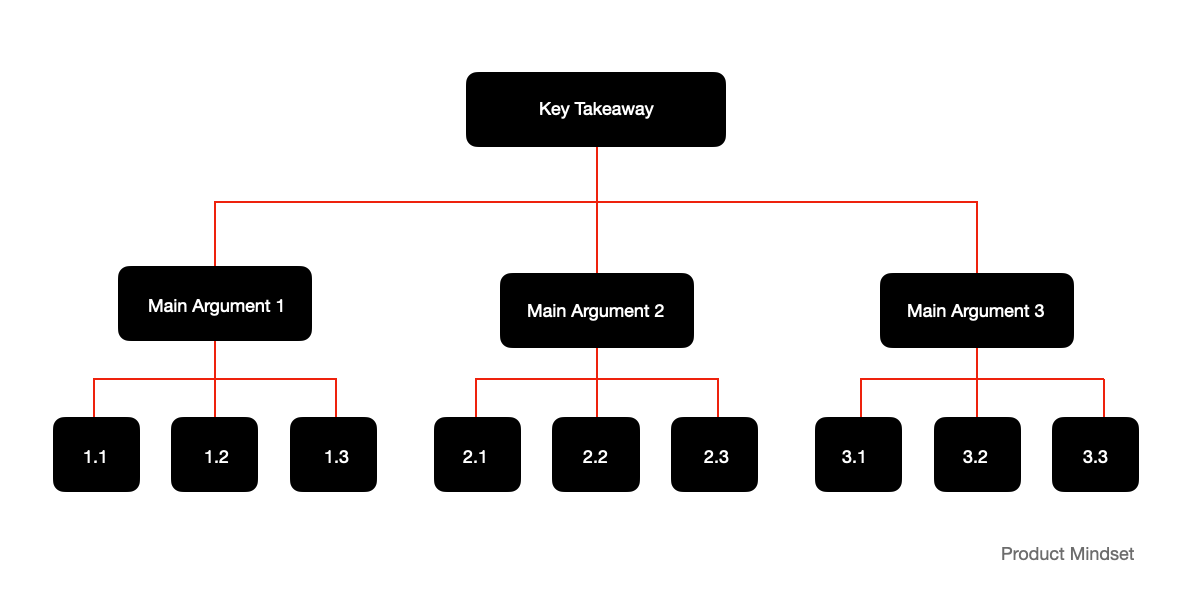SEPTEMBER 25, 2023 BY CAMPAIGN
—The industry has evolved almost beyond recognition in recent years, but the key to success for ad agencies hasn’t changed much since the 1960s. It is still about pitching and winning, says The Go! Network’s Russell Oakley—
Manchester-based marketing intermediary and pitch consultancy The GO! Network recently collected and analyzed feedback provided by in-house teams from more than 250 chemistry calls and pitches to identify the key factors influencing prospective agency partners’ decisions.
The aim of the research was to offer agencies a deeper understanding of what marketing teams are looking for in a pitch, and to give the marketing teams a chance to talk about their experiences.
The data highlighted the following five recurring factors:
Chemistry is fundamental
Looking at the specific negatives outlined by client teams in relation to unsuccessful pitches, a lack of chemistry or an “off-putting” approach came up in 20.5% of cases.
Whether the feedback suggested that the agency appeared uninterested in working for the brand, or had been overly critical of the brand and the brief without providing a clear justification, chemistry is consistently crucial.
On the other side, 50% of client teams said one of their reasons for picking an agency was because it was a good fit culturally and personality-wise.
Demonstrating genuine interest, intrigue and understanding of the client’s business, industry, current situation, reason for the agency pitch and objectives lands well with the client on almost every pitch.
Ultimately, an open approach, engaged attitude and overall enthusiasm about the brand can make all the difference, particularly in the formative stages of the process.
Everyone involved in the pitch needs to have a role to play
Consistently, brands emphasize their desire to engage with the individuals who will directly manage their accounts, valuing genuine chemistry over grand visions presented by higher-level executives parachuted in solely for pitches.
One of the biggest reasons for rejecting an agency after a chemistry call, mentioned by 28.3% of clients, was when a senior contact such as the managing director or the founder was seen as “overwhelming the call.”
While many respondents said they appreciated the presence of senior leadership, demonstrating the value of the potential client in the agency’s eyes, many were concerned that more junior teams or delivery team members were not allowed to add anything.
In addition, 15% of client teams said that not being introduced to the agency contacts who were genuinely going to be working on the project day-to-day was an issue in unsuccessful pitches.
Once the optimal pitch team is assembled, a client-friendly approach thrives when roles are clearly defined. Assigning specific topics aligns each speaker’s expertise with their segment, enhancing clarity and preventing the disruption of simultaneous voices or undue influence based on seniority.
A deeper understanding of the brand and its challenges is key
In relation to pitches, 75% of client teams said the winning agency had shown a true understanding of the business or brand.
Agencies, at times, hasten to prove their expertise. Nonetheless, particularly in the initial stages, showcasing their grasp and insight is pivotal in giving the client a base layer of confidence, providing a springboard to delve into the agency’s experience, capabilities and ways of working further.
Among positive factors mentioned following successful chemistry calls, 24.6% of respondents highlighted the agency having “clearly done research,” and 27.7% said the pitching agency had shown authentic enthusiasm for the brand.
Asking questions, offering solutions and bringing new potential challenges to light were also flagged as positives in almost 50% of successful pitches, particularly during initial chemistry calls.
Practical challenges, such as capacity, resource or budget
At GO!, we will always try to advise clients on their budgets and give them realistic expectations of what they can expect to get for that budget. However, this often doesn’t deter agencies from challenging these budgets during a pitch.
According to the research, issues with commercials and affordability came up in around 18% of all unsuccessful pitch feedback.
The only time I would suggest agencies do this is if they are proposing a payment plan or increased budget that clearly demonstrates additional value for the client, and that it is being proposed only as an alternative to give the client greater efficiency, or value in the longer term.
It doesn’t have to end with the pitch
Almost half of the brands said they were interested in maintaining a future relationship with agencies that didn’t win the pitch, as long as those agencies had impressed them in two critical areas: building a positive chemistry, and demonstrating their interest in the brand.
If agencies have done the necessary due diligence and prequalification of a brief, and have decided to enter into the process willingly and know it is competitive, then having a firm understanding that in the worst-case scenario it might not go your way will always come across well with clients.
This is why the feedback we deliver to agencies who pitch through GO! always comes directly from the client, delivered in their own words.
Our processes allow and encourage clients to be as thorough and constructive as they can in feedback.
Whether agencies agree with this feedback is often subjective, but embracing this feedback and then considering how they can leave the process with the best possible opportunity of a future relationship with the client is something we encourage agencies to do.






